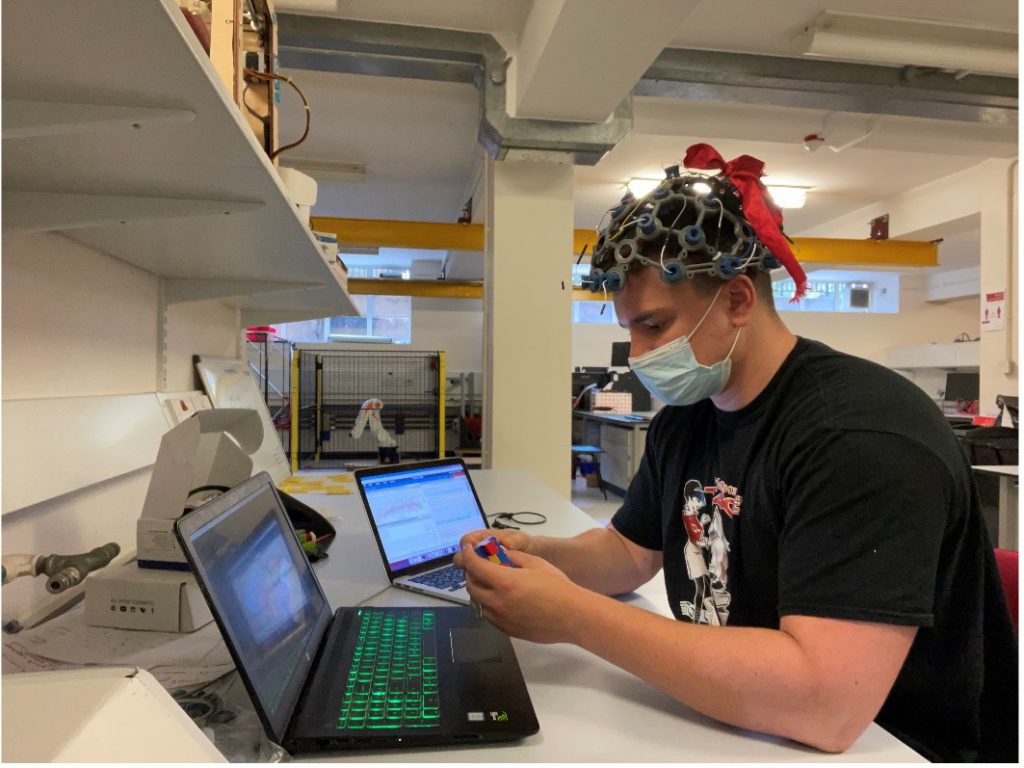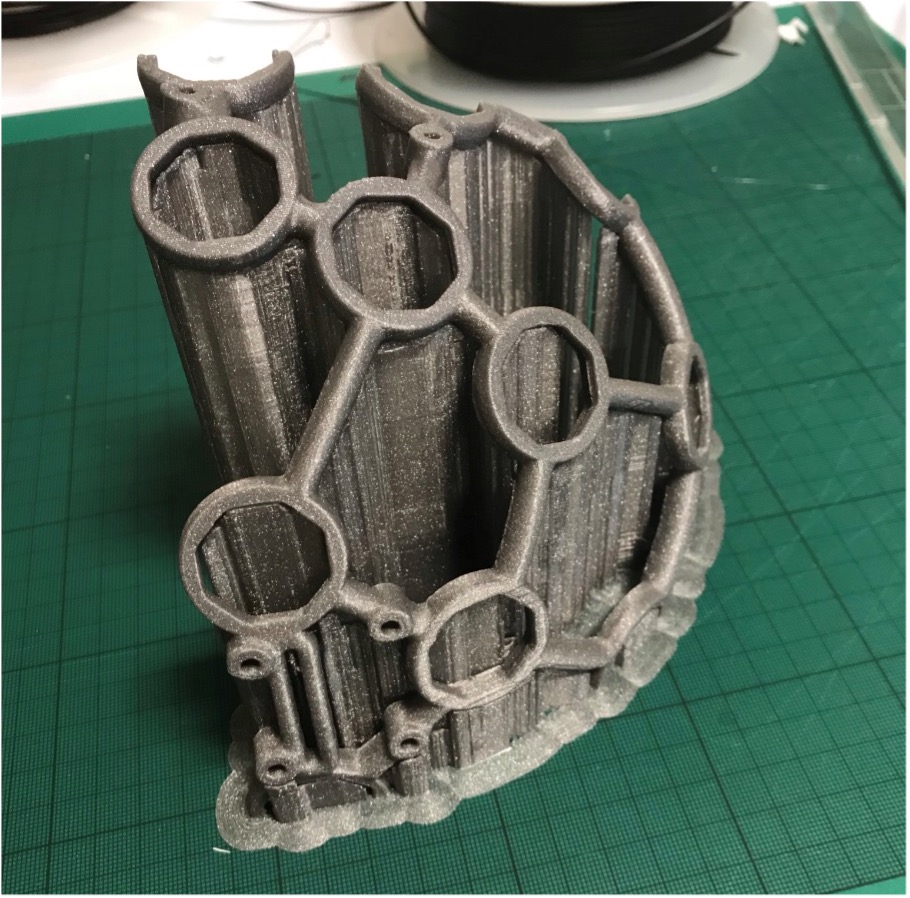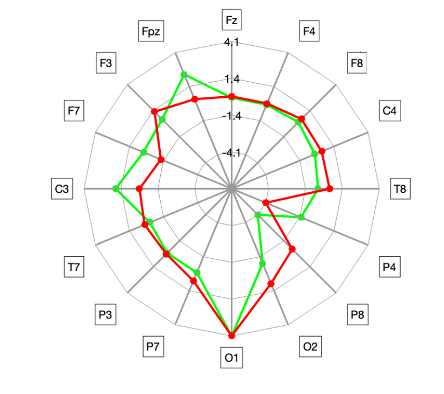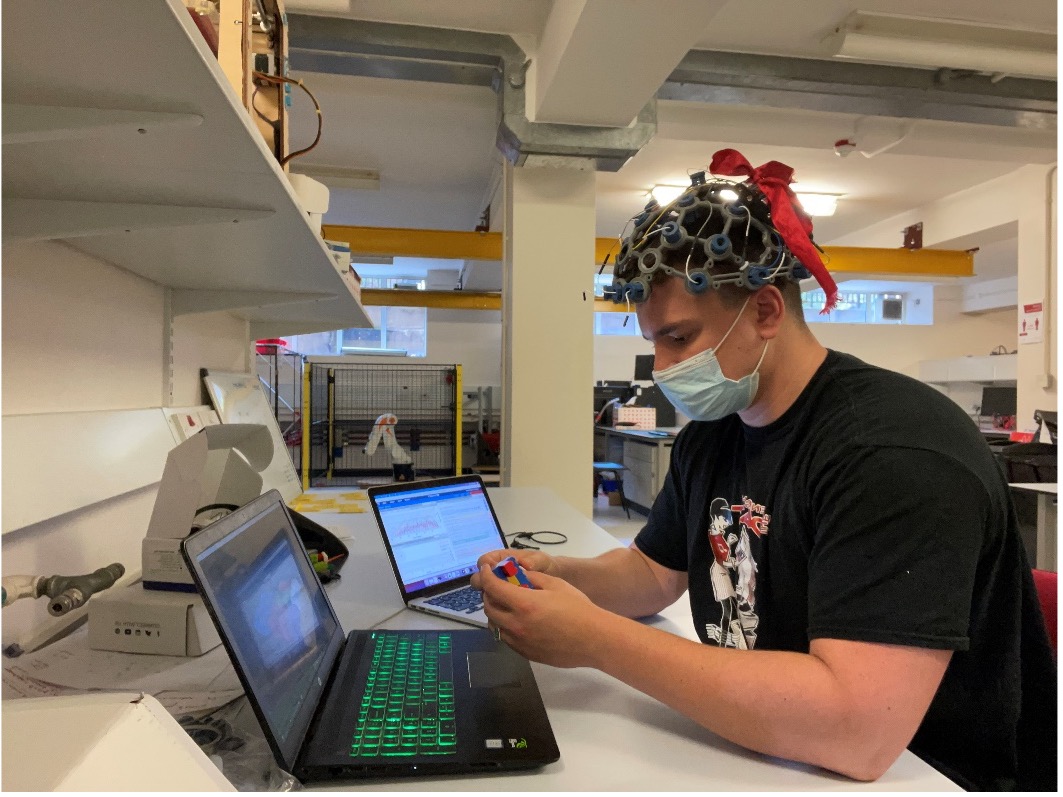Written by Adam McGlenaghan
Throughout the summer, I have been completing an internship with the DMF lab focusing on the use of Electroencephalogram (EEG) in design. I have thoroughly enjoyed the summer and it has introduced me to many exciting areas of ongoing research, as well as working as part of a research group.
Initial work
In the early stages of the internship, the work conducted focused on the use of brain computer interfaces (BCI) to improve the nature of interactions with CAD software. This was an extension of the work completed during my individual research project in the second term of my third year of study. That project focused on the use of event related potentials (ERP) to augment the use of mouse and keyboard controls. Due to COVID-19 the research project was entirely virtual, so the internship provided an opportunity to get hands on with the technology and apply the techniques proposed in the research project. The main paradigm explored was visually evoked potentials. These are measured from electrodes placed on the back of the head around the visual processing centre of the brain. The user observes a flashing frequency, and that frequency can be obtained from the recorded signals. Given multiple flashing stimuli, this allows the user to execute commands by looking at one of these stimuli.
Using an OpenBCI Ultracoretex headset, we were able to fairly accurately observe these visually evoked potentials, however there were issues present that only became apparent when using the hardware. Firstly, due to the visual aspect of the signals observed, fatigue became a problem, especially during longer periods of testing, as the flashing lights caused headaches after a while. Secondly, the recorded signals were very sensitive to external stimuli, such as other lights or even sounds of frequencies close to that of the stimuli, or their harmonics.
To overcome these issues, the headset could be used in a quiet dimly lit room to improve the signal to noise ratio. This requirement of ideal conditions meant that, while technically possible, the use of visually evoked potentials did not show much promise in terms of real world usability in this context.
As a result, we decided to pivot our research to explore the area of design neurocognition.
Study planning
Design neurocognition is the area of research concerned with the brain activity of designers when completing tasks. We decided to conduct a study in this field using the EEG headset to measure activity in different parts of the brain. The basic premise of the experiment was to compare the activity observed when conducting the same design task using both physical and digital design tools. The hope is that the results of this study may enable designers to make more informed decisions with regards to the design tools they use. We based the design task on the PhysiCAD study previously conducted in the lab, as LEGO provided a tactile building material that can be translated easily to a virtual task using one of the various LEGO CAD software packages available.
The design task involves designing a small spaceship that conforms to a set of rules presented at the start of the task.
Once this idea was finalised, we could begin finalising the details. We discovered that the headset we had would be too small for some participants so had to 3D print a larger size to ensure proper electrode placement and signal collection. This was a steep learning curve as I had little 3D printing experience before starting the internship and the part was very tricky to print. The process involved manipulating the original model to fit in the print bed, as well as finely tuning the print settings to ensure the print did not fail.
While the printing process was taking place the plans were finalised and the ethics approval process was completed. This was also something I was unfamiliar with, so it was a valuable learning experience to complete this process.
Current progress
At present, with ethics approval recently received we are in the process of getting volunteers signed up to participate in our study, with the aim of collecting all the data by November. We have completed test runs of the experiment and some initial statistical analysis on the results of these tests that provided promising results and some statistically significant differences between the two design tools.
Future work
Once all the data is collected, the analysis and write up will hopefully be complete in time to publish in early 2021. This research has proved very exciting and there is the potential for more studies investigating design neurocognition in the future.
Lessons learned
This internship has been an enjoyable and varied experience, I have learned many new skills and gained experience in areas such as 3D printing, experiment design and gaining ethics approval. The group have been incredibly welcoming and helpful and made it is a satisfying feeling to contribute in a meaningful way to work being conducted by the lab and I would wholeheartedly recommend the summer internship scheme to any prospective applicants.




